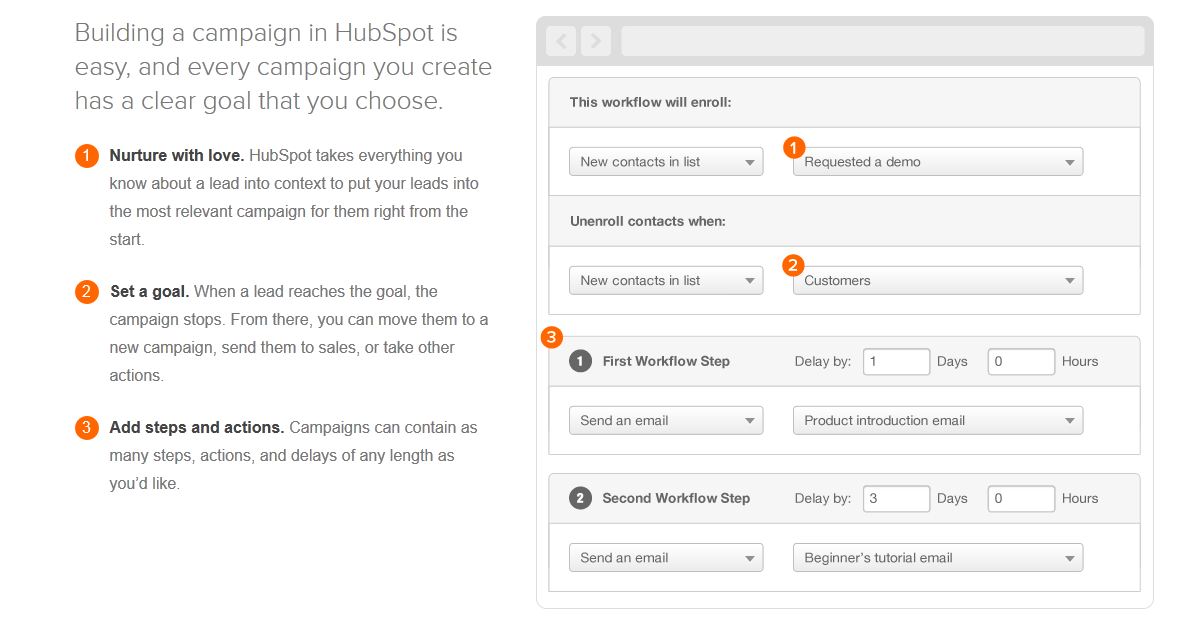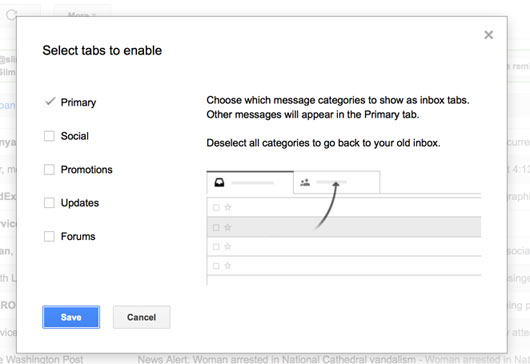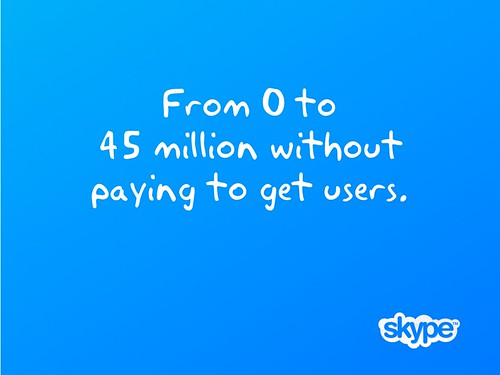Each month, companies introduce hundreds of new tools to help business owners attract traffic online and generate leads and sales. Some business owners spend an incredible amount of time and money buying and learning how to use these tools, only to achieve mediocre results. Fortunately, one tried and true strategy — content marketing — remains a simple way to attract the targeted traffic you need to grow your business.

What is Content Marketing?
Simply put, content marketing is the process of crafting and publishing engaging, useful content that your prospects want to read.
In most cases, the content is not an advertorial designed to sell your services or products, but an article or post designed to build visitor interest and keep readers coming back to your site. By publishing content that is useful for your readers, you can build a sense of trust that makes visitors want to buy from you.

For content marketing, trust is everything.
Advertising through content campaigns can take several forms. One of the simplest ways to distribute articles and other content is by publishing these pieces on your business website or blog. You can distribute press releases to hundreds of free and paid sites to tell potential customers about news, product launches, and other information related to your business or industry.
You can also promote and distribute content via social media sites such as Facebook, Twitter, and Google+. This gives you the added advantage of social distribution because people who see value in your content will naturally want to share your posts with their friends, family members, and business associates.
How Can Content Marketing Help Your Business?
Learning how to advertise through content offers several advantages that can help you build online visibility and attract new customers to your business:
- Well-crafted content can help your site and blog pages appear prominently in search engine listings. When you write and publish exceptional content that provides information relevant to your business and target audience, search engines will likely place high value on your content pages. This means that they might appear on the first page of results for a particular search instead of being buried beneath thousands of other page listings. Of course, in order to rank high, you need to focus on one or two keywords that are relevant to your content. Resources such as the Content Marketing Institute can provide you with valuable information on crafting content and including keywords.
- Engaging, useful content helps visitors perceive you as an expert in your industry. Helping people improve their lives through online content builds trust while establishing you as the “go to” authority to meet their needs. As a result, when it comes time to make a purchasing decision, your company becomes the obvious choice.
- You can use content as the start of a “sales funnel” that naturally leads visitors to a purchasing decision. As noted above, your content should not be overtly promotional; however, skilled copywriters can weave in phrases and subtle “calls to action” that can motivate readers to take an additional step, such as signing up for an email newsletter, requesting product information, or attending a free webinar. You can also use tools like HubSpot to help you manage your sales funnel so you can more effectively guide prospects through the sales process.
Getting started with Hubspot:

Hubspot is an automation tool that allows the user to preset interactions with customers or site visitors. It starts with interaction. The first step is to draw readers in via social media or email. The next step is directing that traffic to the website or blog. The last step is to organize visitors for further actions. Hubspot isn’t alone in using this traffic flow. This is just how the cogs of content marketing turn.

Hubspot automates the process of sending emails, analyzing customers, and adding delays. The actual interface looks something like the screenshot above.
- Online content can give you valuable information about your visitors. By inviting interaction via blog comments, social media posts, and feedback forms, you can learn about your potential customers’ needs and wants. If you provide them with valuable content, they will be happy to share their thoughts, opinions, and suggestions. You can also use analytical tools such as KISSmetrics and Markerly in conjunction with content marketing to learn even more about your visitors and prospects.
Getting started with Markerly:

Markerly provides brands with detailed reporting on how different demographics engaged with different bloggers, quotes and photos. Markerly helps brands discover what is and isn’t working with their content campaigns, and uses that data to turn content viral.
Getting started with Kissmetrics:

Kissmetrics allows users to get in-depth data on the customer. It looks something like this. It keeps track of how often the customer visits, what they buy, how much they spend, as well as activity before and after they signed up.
How Can You Help People Find Your Content?
In addition to social media posts and search engine listings, you can use a variety of other strategies to help visitors find your marketing content. You can add your blog to a directory such as BlogHer to put your content in front of interested readers. If you have time, you can increase visibility by writing guest posts for relevant blogs and websites. Also, visiting similar blogs and leaving thoughtful, relevant posts can attract potential customers to your site.
Getting started with BlogHer:

BlogHer is a specialty directory that helps get blogs written by women out into cyberspace. Interested contributors simply have to meet the guidelines, apply, and get listed. Some of the guidelines include a 30 day old blog, written by a woman or a group of women, or certain exceptions for interested men. Choosing an applicable niche is a great way to get your blog out there.
Content marketing is not a shortcut to success. In order to make this strategy successful, you should commit to consistently publishing well-written, insightful articles and posts. There is no “magic button” for attracting traffic; however, content marketing is among the most reliable strategies available.
Markerly makes publishing tools that we’ve proudly been using since their alpha stage over a year ago. Right click on anything on Nibletz and watch Markerly go to work. For more info visit markerly.com





















